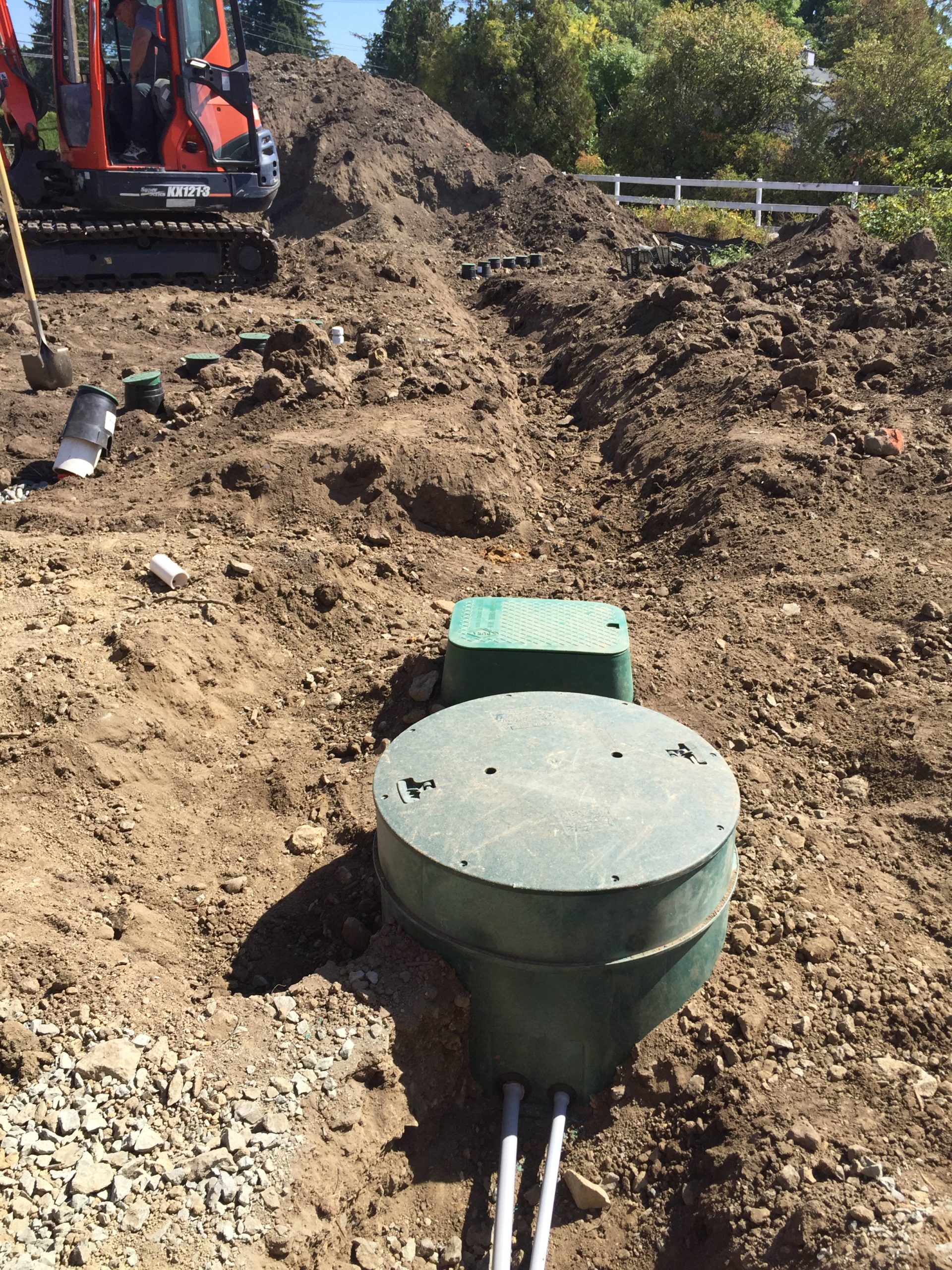Septic tanks are an important part of homes in rural areas, and proper maintenance is crucial to keeping them functioning properly. If you have a septic tank on your property, it is important to learn how to maintain it to avoid costly repairs down the road. A septic system consists primarily of a septic tank and leach field connected by a series of pipes leading from the wastewater drainage line through the tank and out to the leach field. If the septic system is maintained properly, the tank can last 10 to 40 years, while the leach field may be useable for over 50 years. Make sure to stay on top of these important maintenance tasks to help keep your septic system healthy and functional for as long as possible.
8 Essential Tasks to Do Regularly for Septic Tank Maintenance
Pump Your Septic Tank Regularly
You should have your septic tank pumped at least every two to five years to remove the sludge and scum that accumulate in it. If you have a garbage disposal, pump more frequently. Depending on the size of your tank, the number of people living in the home, and how much wastewater is produced, you may need to pump as often as once a year. You can tell it’s time to pump when the scum and sludge layers rise above the outlet baffle or when the wastewater starts backing up into your home.
Inspect the Septic System for Leaks
Walk around the septic system regularly and check for areas around the tank where the grass is more lush or dense than other yard areas. A leaking tank provides nutrition for plant life and can also give off strong sewage odours. However, in most cases, it will be hard to find any leaks in the tank while it is still in use because the tank is buried underground. The best time to check for leaks is when it is being pumped. At this point, it’s also a good idea to inspect the baffles to ensure they are not missing, broken, or deteriorated.
Limit Water Usage and Household Waste
Limiting the amount of water you use if you have a septic system is important. Too much water can overwhelm the system and lead to sewage backups or overflows. You should also be careful about what household waste you put down the drains. A high amount of solid waste can cause the sludge in the septic tank to pile up quickly and increase the pumping frequency of the system. Avoid dumping grease, oil, chemicals, or other harmful substances into your septic system. Also, pouring powerful cleaning solutions down the drain harms the bacteria and reduces the septic system’s function. Use cleaners labeled as safe for septic systems to avoid killing the bacteria in the tank.
Use a Bacteria Additive
Bacteria additives are septic tank treatments that help maintain the healthy bacterial population in your tank. Since the bacteria in the system are vulnerable to antibacterial soaps, powerful cleaning solutions, and drain cleaners, you can protect the naturally occurring bacteria in the septic system by adding new bacteria that break down unnatural substances, like soaps and detergents, through certain organic additives.
Clearly Mark off and Maintain the Leach Field
The leach field is the part of the septic system where effluent drains out into the soil. It’s important to maintain this area so your septic system can continue functioning properly. If you need to access this area for any reason, carefully do so. Be sure to clearly mark off the leach field so that you don’t accidentally damage it when doing yard work or other activities. You should also avoid driving or parking on the leach field.
Install an Effluent Filter
An effluent filter is a device that helps to remove solids from the effluent before it drains into the leach field. This can help prolong your leach field’s life and keep it functioning properly. Once installed, the effluent filter functions for about two to five years before it needs to be cleaned. It’s advised to have the effluent filter cleaned while the tank is pumped to reduce repeat visits and maintenance costs.
Check the Leach Field for Clogs
Even when you restrict the amount of water and waste from home and regularly check and pump the septic tank, the leach field can still become clogged. This is especially likely during wet and rainy periods when the excess water can flood the system and increase the amount of solid waste that enters it.
Because a large amount of snow can melt and flood the leach field, it’s recommended to walk across the field during rainy or wet weather to check for sewage smells or especially fast and lush growing grass that may indicate the drain field is blocked. Other signs of a clogged leach field include slow-running drains, backed-up plumbing, mushy ground, and standing water.
Keep Accurate Maintenance Records
To keep your septic system in good working order, it’s important to keep accurate records of all the maintenance and repairs that have been carried out. This will help you identify potential problems early on and get them fixed before they cause serious damage.
Maintaining comprehensive maintenance records is also wise so potential buyers can see them if you decide to sell your home. Because septic systems can scare off some buyers, keeping a full set of comprehensive maintenance records can help your home stand out.
Conclusion
Maintaining your septic system may seem like a lot of work, but it’s not that difficult. By following the simple tips outlined above, you can keep your septic system in good working order for many years.
If you need help with your septic system, contact Vireel Septic and Excavations. We offer a full range of septic services, from maintenance and repairs to new installations. Give us a call today to learn more about what we can do for you.


